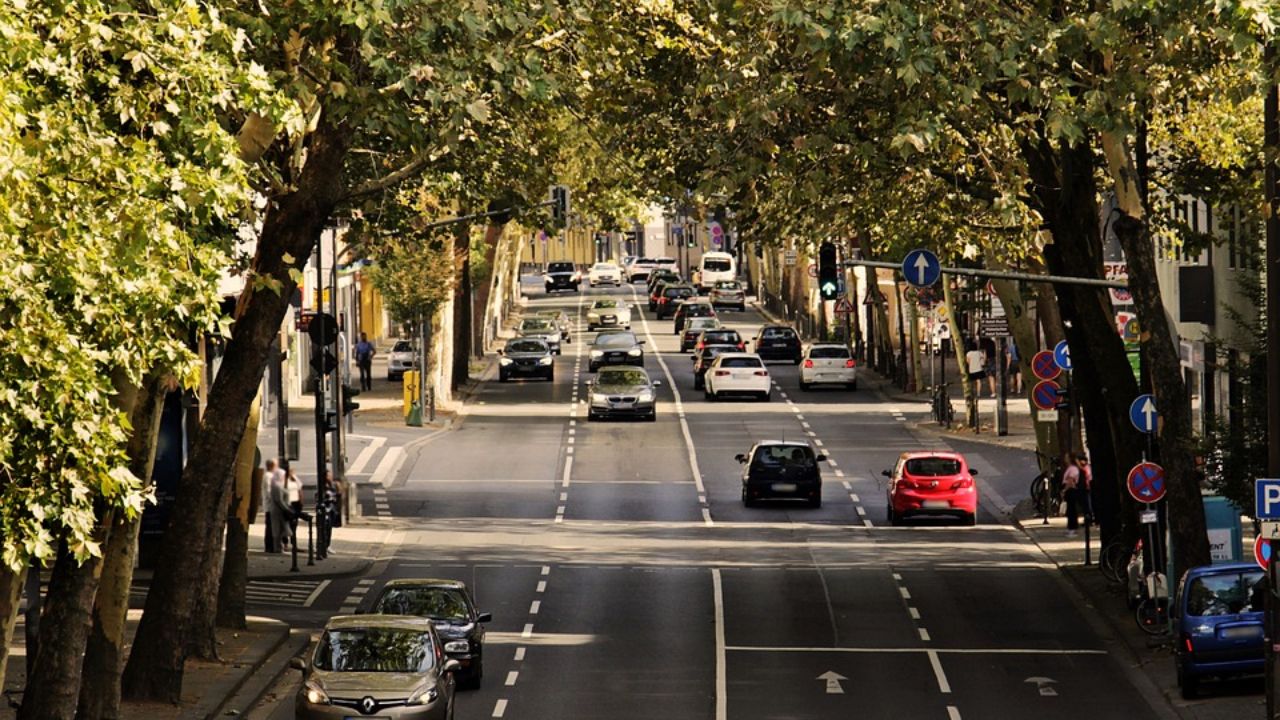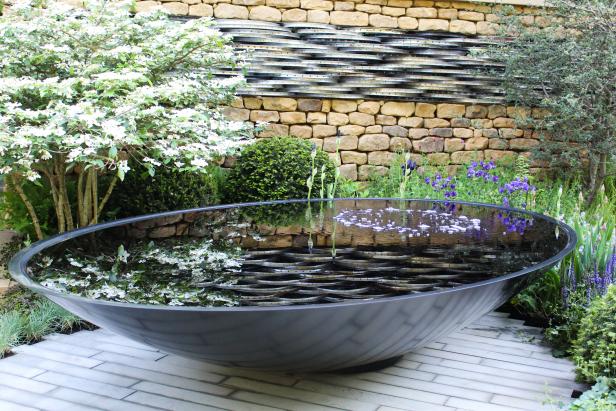White ash trees make great large shade trees for urban environments, including parks and city streets. Their versatility means they can serve many functions within their ecosystem.
Plants suited for wetter sites thrive best, while still tolerating short dry spells. While no special winter protection may be needed, be sure to water regularly during drier periods.
Table of contents
Characteristics
Ash trees are large shade and lawn trees that thrive in various climate conditions. You’ll often see them planted around cities and suburbs where their preferred soil conditions thrive.
They are medium to fast-growing species that can reach 70-80 feet at maturity with a broad spread. When young, these trees feature an upright oval form before becoming open and rounded over time.
Their bark is dark gray to brown with an eye-catching diamond pattern while their leaves have five to nine leaflets with glossy dark green upper surfaces and pale whitish lower surfaces – often featuring glossy dark green upper surfaces while paler whitish undersides; in autumn their color ranges from yellow-orange hues towards maroon-orange hues!
White ash trees can be found growing naturally in hardwood forests and along water sources in eastern North America. White ash has become increasingly popular for use as landscape plants due to their tolerance of urban conditions better than green ash does.
White ash is ideal for large shade trees as well as ornamental purposes with stunning autumn color displays; unfortunately, like all ashes, they are susceptible to pests and diseases that plague them.
Habitat
The White Ash Tree has long been revered as an iconic North American symbol, inspiring and mesmerizing people with its beauty, grace, and seasonal transformations. At maturity, it stands 50 to 80 feet with a broad crown making it a formidable presence across an array of ecosystems.
Native to much of Iowa, this species thrives under various soil conditions and thrives best under full sun with moist but well-drained sites, with optimal seed germination occurring epigeally during spring. The best results were seen when grown on soils with moderate to high nitrogen contents without additional fertilization required.
Although of great economic and ecological significance, White Ash trees are facing an enormous threat due to emerald ash borer (EAB). EAB has killed millions of native ash trees across North America since its introduction and is expected to wipe them all out within several decades without effective control measures in place. Their removal/replacement could cost communities, towns, or forests millions in money-losing trees alone.
Fruits
White Ash Tree fruits consist of 1- to 2-inch-long tan samaras that form in clusters. Male and female flowers bloom separately on separate plants in spring; therefore this species is dioecious. Mature samaras disperse by wind when mature in autumn.
White Ash Tree leaves are composed of five to nine dark green leaflets which form a compound structure pinnately. As autumn nears, they turn yellow, deep purple, and maroon in hue, giving it its distinctive fall palette.
Seeds from the White Ash Tree are dispersed by various birds such as wood ducks, northern bobwhites, evening grosbeaks, and pine grosbeaks. Fox squirrels and mice also consume its seeds while its bark provides ideal nesting material for wood ducks, owls, and nuthatches.
The White Ash Tree grows quickly in sunny areas but does not tolerate shade well. It tolerates most soil conditions but not alkaline or acidic environments, preferring moist yet well-drained conditions and resisting most disease organisms but susceptible to rust diseases and the metallic wood-boring Emerald Ash Borer (EAB). For optimal performance, it should be sited somewhere sheltered from wind.
Pests
White ash trees generally pose few serious pest issues, though they do present a potential threat from Emerald Ash Borer (EAB), an invasive wood-boring beetle native to Asia that first arrived in the Midwest in 2002 and spread quickly, killing most ash trees within several years of infestation.
Wood from this species is hard, tough, and elastic; thus used for creating tennis racquets, hockey sticks, oars, furniture, interior floors, and the Louisville Slugger baseball bat.
Furthermore, its leaves serve as food sources for wood ducks and finches while their juice can relieve swelling and itching caused by mosquito bites.
White ash trees can be easily propagated by taking green stem cuttings from mature trees during the growing season and rooting them. Plant scientists are conducting tests with various cultivars of this species in hopes that some exhibit natural resistance against EAB so that commercially viable trees might once more become commercially available; but until we know more about how best to protect ash trees from EAB infestation, planting any into landscape settings should be discouraged.
Uses
Ash wood is strong, hard, light, and stiff – qualities that make it perfect for creating bent oars, hockey sticks, and baseball bats (such as Louisville Slugger). Ash also makes ideal tool handles with its versatility to stain, glue, and finish well; making it an excellent choice for planted forests as it rapidly adapts to various sites and conditions.
Native peoples utilized ash for medicinal use. The juice from its leaves eased snake bite symptoms while decoctions of its bark were once used to induce labor. Ash also acts as an astringent, laxative, and purgative.
White ash trees have thrived in NETN parks, yet the Emerald Ash Borer threatens their future. This invasive insect pest is projected to destroy billions of ash trees over the coming decade, outstripping those affected by Dutch Elm Disease and American Chestnut Blight combined. Transport of wood products like mulch logs or firewood contributes to spreading this species so it would be wise not to move them from place to place.
FAQS
White ash trees are a valuable resource for timber, firewood, and ornamental purposes.
Their wood is strong, hard, and flexible, making it ideal for a variety of applications, including furniture, tool handles, baseball bats, and musical instruments. White ash is also a popular choice for firewood, as it burns slowly and evenly with a high heat output.
White ash trees provide several benefits to humans and the environment. Their wood is a valuable resource for timber, firewood, and other products. White ash trees also play an important role in forest ecosystems, providing food and shelter for wildlife. They help to control erosion and improve water quality.
White ash trees have a long history of symbolism in various cultures. In Native American cultures, white ash is often associated with strength, resilience, and wisdom.
It is also seen as a symbol of peace and new beginnings. In European cultures, white ash is often associated with purity, cleanliness, and fertility. It is also seen as a symbol of hope and renewal.
White ash trees are also known by the following names:
American ash
Biltmore ash
Canadian ash
Green ash
Pennsylvania ash
Red ash
Discover More
- Why Am I not Getting Snapchat Notifications?
- Why Do You Want to Work at This Company?
- How to Get Snapchat Verification Code Hack?
- Is University of Rochester a Good School?
- Which Group is a Primary Supporter of Hunter Education
- Is the Tooth Fairy Real? (Explained)





